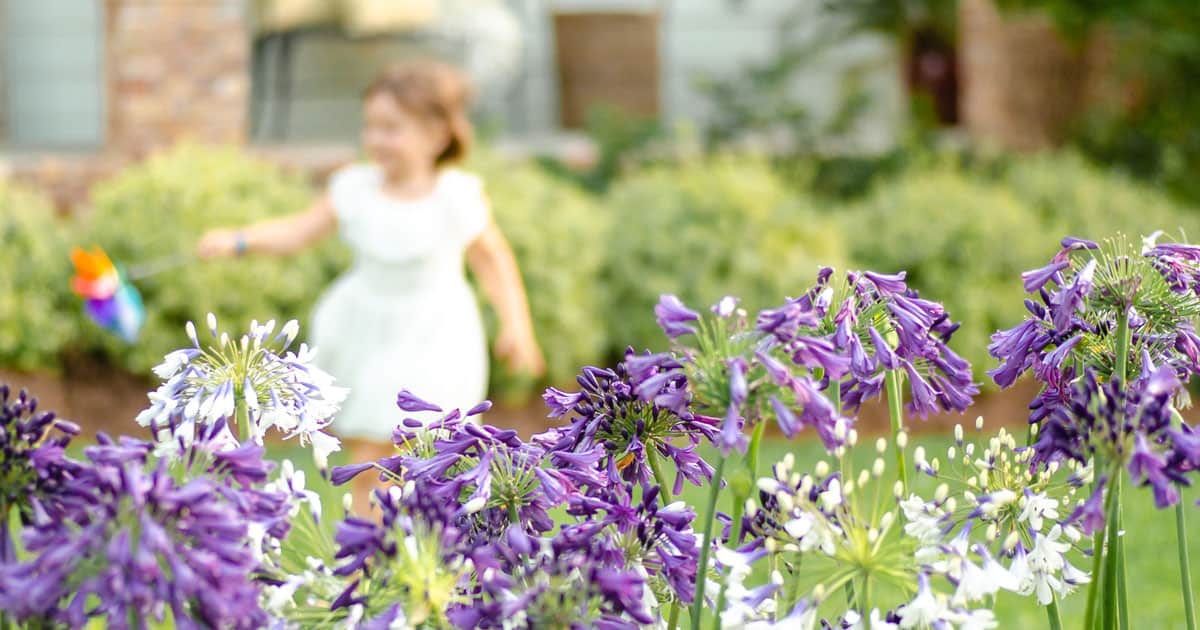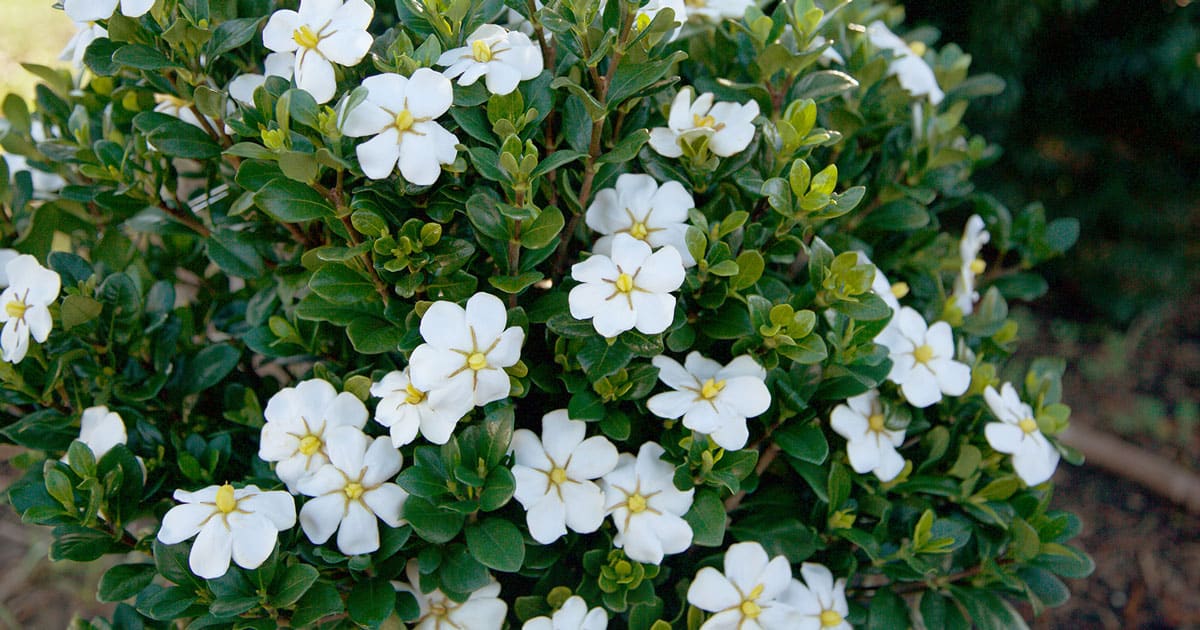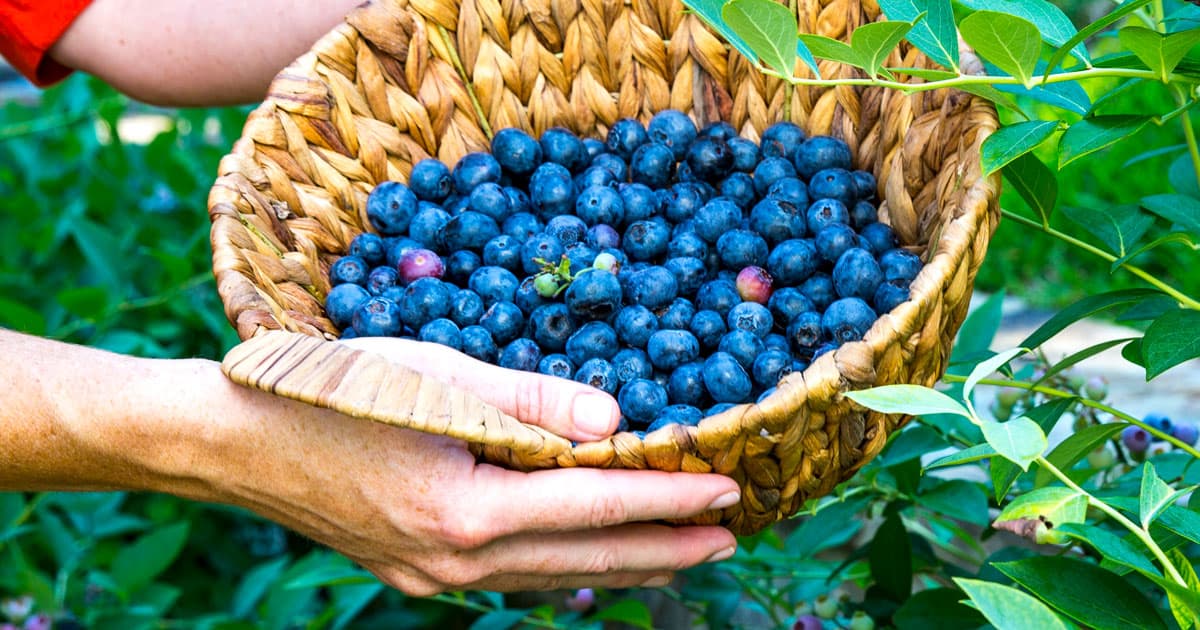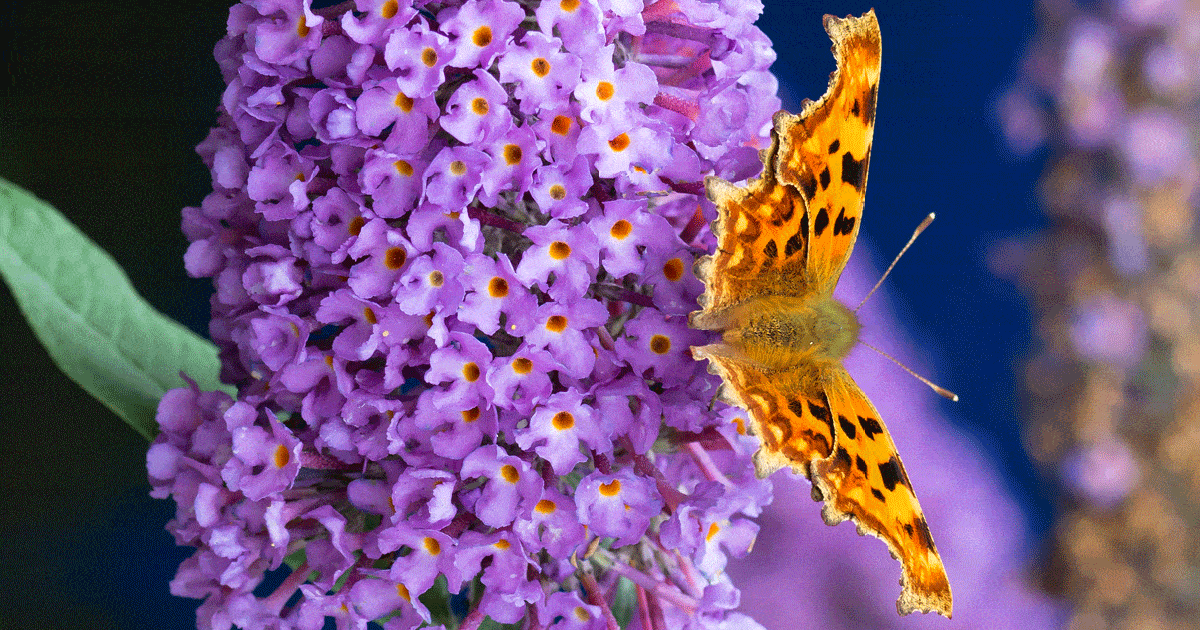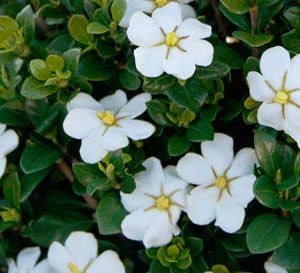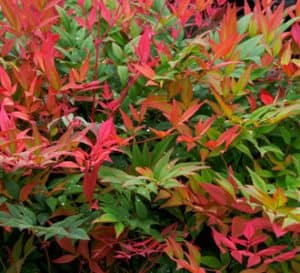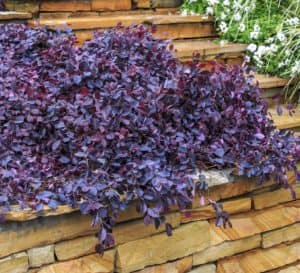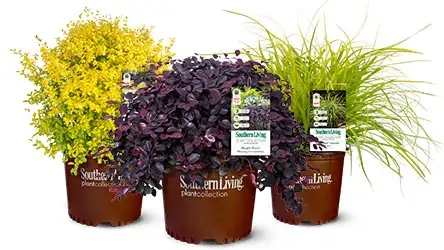Adults and children experience the world in totally different ways. The mere mention of a favorite book, the sight of cat or even a whiff of a barbeque grill can cause adults to recall emotions, feelings, memories, textures and, maybe in the case of the grill, hunger pangs. We adults have decades of lived experiences from which we can understand and engage with the world.
Kids, on the other hand, have a whole lot of living and experience-creating yet to do! Encouraging children to see, smell, touch, taste and listen to the world around them is how they build the foundation for their adult lives. A garden is a wonderful arena in which kids can explore the natural world and fill their five senses.
It’s not just the squishiness of mud or the smell of the mulch they’ll experience. Plants offer something for each of the five senses, making the garden the perfect classroom, play space, and exploration station for young learners! The following plants will help you create a kid-friendly sensory garden to engage and enchant the little ones in your life.
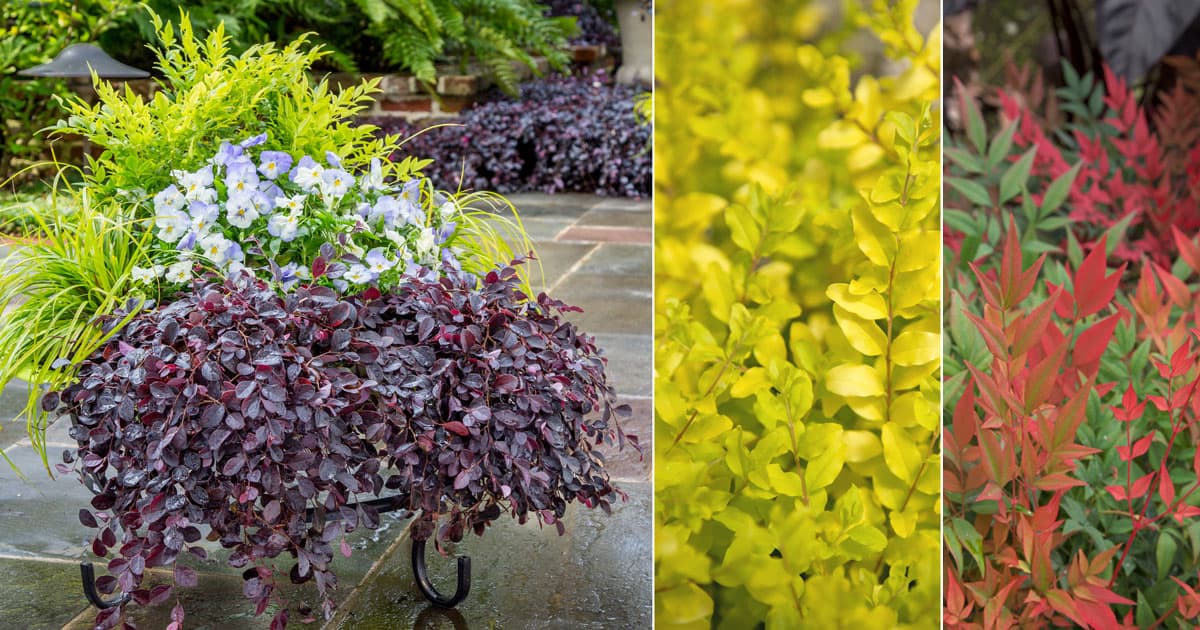
Sight
Begin your sensory garden experience with a riot of color – research suggests that bright colors appeal to children as their eyes develop. Layer in color from the ground up by selecting vibrant varieties for foundation plantings. Purple Pixie® Dwarf Weeping Loropetalum is a gorgeous groundcover, offering dark purple evergreen foliage punctuated with pink flowers each spring. Try it in containers for sweeping branches that add bold color and drama. ‘Sunshine’ Ligustrum is a golden-yellow shrub that brightens as a hedge or in mass plantings – pair it with Purple Pixie for electric contrast. And don’t forget the “color changers” in the landscape with vibrant hues that shift throughout the season! Obsession™ Nandina starts off with brilliant bright red foliage and turns a rich, dark red as the season progresses, with hues of green and orange interwoven year-round.
Smell
When given a flower, the first thing a child does is to bring it to her nose and take a big whiff. They’ll be guaranteed a “noseful” of olfactory delights when smelling the flowers of ScentAmazing® Gardenia. This beauty is filled with single white blossoms from spring through fall, offering children multi-season blooms to engage with. Its dark glossy foliage is evergreen in USDA Zones 7a-10b, so those flowers pop against a dark canopy. And at just 3-ft. tall and wide, ScentAmazing is kid-friendly size, too. Diamond Spire® Gardenia offers blooms with bountiful fragrance on a plant with a more upright, or spire-shaped, habit, clocking in at around 4-ft. tall. Perfect for pots, Diamond Spire thrives in full sun to part shade.
Taste
One of the best ways to encourage children to explore their dinner plates is to invite them to eat the garden! Seeing food growing, and then harvesting and eating it is a lasting life lesson for little ones. Start with a fruit all kids know: the blueberry. The DownHome Harvest Collection includes myriad blueberries and blackberries across a range of shrub size, foliage color, fruit size and even flower fragrance. Kids will enjoy plucking and tasting the berries right from the bush. The same in-the-moment taste experience is offered by ‘Little Miss Figgy’ Dwarf Fig, a small-space friendly fig with improved cold tolerance and a compact habit. While the blueberries and figs are an “instant snack” that may not even make it as far as the kitchen, Chef’s Choice® Culinary Rosemary will offer kids a chance to explore their culinary skills. Specially selected for its high oil content and spicy flavor, this is a compact variety that is a great choice for container, herb and kitchen gardens. The beautiful violet-blue flowers in early spring are a delightful bonus!
Sound
If kids listen closely, they can hear the buzzing of bees, chirping of birds and the whispering wings of butterflies. Pollinator plants attract these creatures to the garden to both aid in the pollinating process and to feed feathered friends. ‘Soft Caress’ Mahonia, for example, is a berry food source for thrashers, robins and towhees while its flowers lure bees, moths and butterflies to take part in pollination. And as its name suggests, Butterfly Towers™ Magenta Buddleia is thronged with butterflies for the many months its hundreds of flower spikes are in bloom. Hummingbirds, too! With the right pollinator plants, the garden becomes a veritable symphony.
Touch
The sensory garden is complete with plants that are surprisingly touchable. Softness can be found everywhere in the garden, from the ornamental grasses’ fluffy seed heads to the puff-like flowers of a mimosa tree. Being able to rub a leaf of lamb’s ear across a child’s face or let her hand gently caress the tail-like downy catkins of a chenille plant lets the child have a tactile memory of the plant experience. The next time that child sees a lamb’s ear, they’ll have a vibrant memory of its softness.
Whether it’s one plant that checks a few of the senses or a dedicated plot that switches senses with the seasons, a sensory garden for children will build a lifetime of experiences and lifelong memories.

